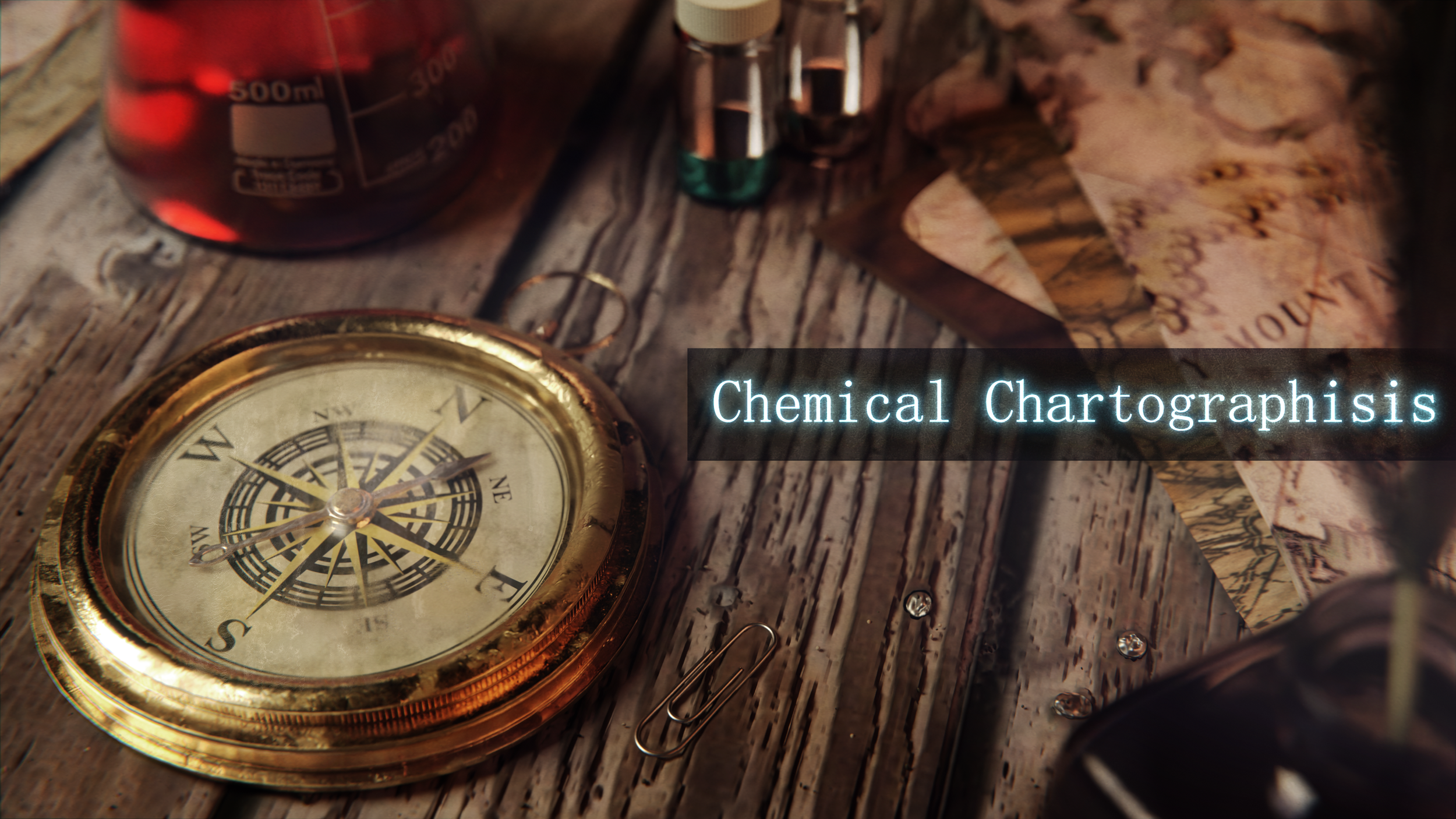Kostakis Group chronicles “Chemical Chartographisis” research journey
New scientific paper sheds light on the process of investigating complicated chemical systems.
An illustration produced for the Kostakis Group by MM3D
The Kostakis Group, headed by Dr. George Kostakis of the University of Sussex, has released a new published article.
“Chemical Chartographisis: a contemporary perspective in molecular design and synthesis”, published in Dalton Transactions, is a deep-dive into the group’s research journey across 10 years.
The article offers interesting and unique insight into not only the chemical discoveries produced by the group, but the unique rationale employed when probing complicated chemical systems and optimising novel synthetic procedures.
As anyone who has spent time in a synthetic laboratory knows, the process of optimising the synthesis of even a seemingly “simple” novel product can often prove painstaking due to unforeseen complicated reaction dynamics. During my own PhD. project with the Cloke Group at Sussex, I remember producing several compounds that gleefully defied the synthetic behaviour I logically expected of them.
An example would be producing a titanium dichloride pentalene complex. This relatively “simple” product would not be produced if the logically “correct” stoichiometry of chlorinating agent was added, instead degrading to a disappointing mess. It was only after weeks of experimentation that I discovered that a massive excess of the reagent was required at very low temperature; even then, the reaction was only to be allowed to proceed for a very limited time. The desired reaction route was simply not followed otherwise, due to thermodynamic instability of reaction intermediates.
It is attempting to understand and harness these divergences from “expected” chemical behaviour in complex systems that the Kostakis Group article covers in such intriguing depth. Key amongst the takeaway messages is that classification of dynamic systems via variants of Graph Theory (a mathematical approach that describes chemical structures in terms of vertices and links) is used by the group to attempt to understand the individual operational parameters of dynamic systems themselves. This is opposed to more traditional approaches targeted at predicting individual chemical structures.
I have linked the article below, if you have an interest in Coordination Chemistry, d and f-block chemistry, or research of complicated chemical systems I highly recommend a look.

